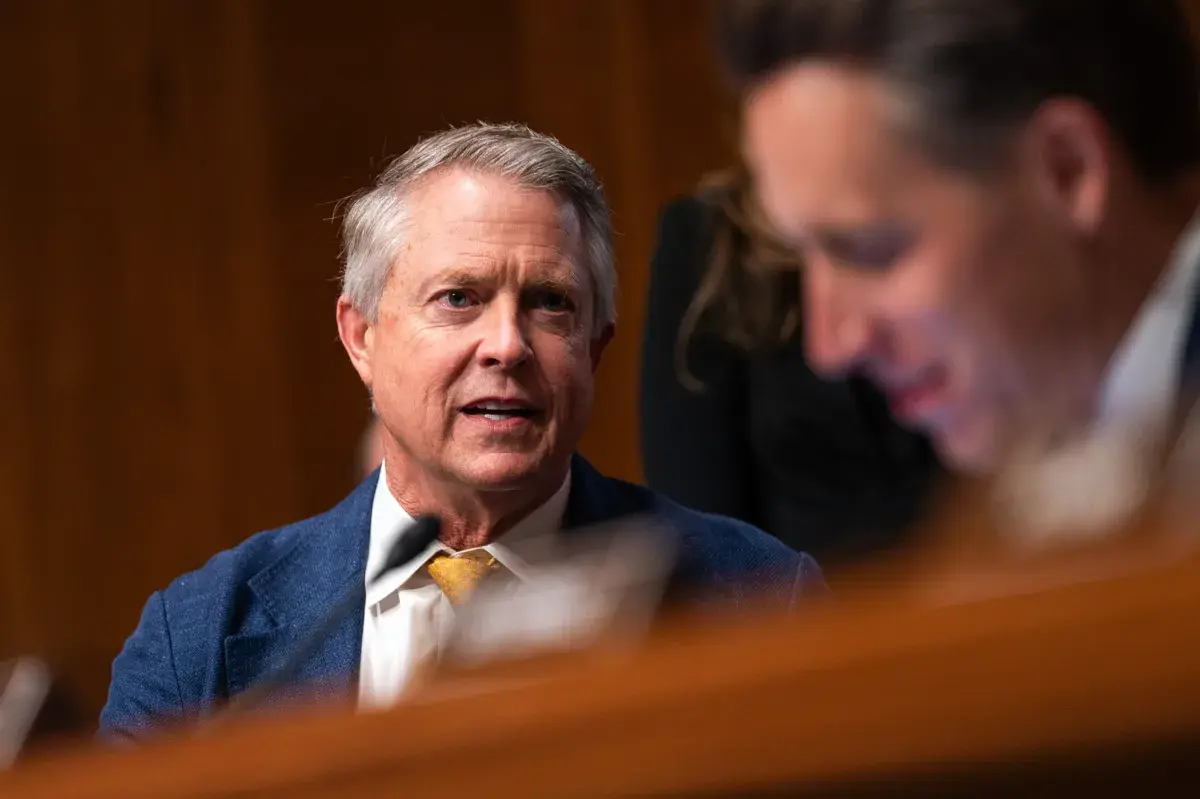Copyright AL.com

For public services in Alabama, philanthropy dollars are a small fraction compared to the state’s reliance on federal funding. In Alabama, nonprofits distribute about $226 million a year, about a third of the amount that comes from federal funds to help people with their needs, according to a report from the Alabama Association of Nonprofits and the Community Foundation of Greater Birmingham. And the state has the fewest philanthropic dollars going to residents of almost anywhere in the country. The state’s nonprofits hold $4.5 billion in assets, a number that puts the state 49th in the country for foundation dollars per resident. “People instinctively know the important role nonprofits play, yet there has been a lack of clarity on size, scope, and impact. This report provides a clear understanding of what the nonprofit sector provides for Alabama,” said Christopher Nanni, president and CEO of the Community Foundation. The report comes as food stamp dollars are slated to run out Nov. 1 and the extent of future funding for the Women, Infants and Children program is in limbo. The report states that Alabama’s nonprofits are essential but cannot replace the roughly $757 million the state received in federal dollars last year. Alabama has 5,996 nonprofits, putting the state at 40th per capita nationwide. The state’s nonprofits generate $16.9 billion in revenue each year. In the last decade, Alabama nonprofits got $5.5 billion in federal dollars. More than 60% of that was from the Department of Health and Human Services, according to the report. “Private philanthropy cannot replace sustained public investment,” the report found, because the total amount nonprofits distribute, $226 million, is about a third of the total federal dollars the state received last year. State government is the biggest contractor of nonprofits. In the last decade, Alabama made 2,914 agreements, totaling $7.7 billion, for services like after-school and summer programs and mental health programs. Most Alabama nonprofits have a budget of less than $500,000 and the median has a $200,000 annual budget.
![BUMHS MDCAT 2025 answer keys with PDF [White, Yellow and Blue]](https://d2731bbzmt3wpb.cloudfront.net/news/image/us-west-2:25d97050-7aa7-43a6-a623-8fb02e6af97e/20251029/05b9d3ba466144808a9649ca6ef4b5ca.jpg)


